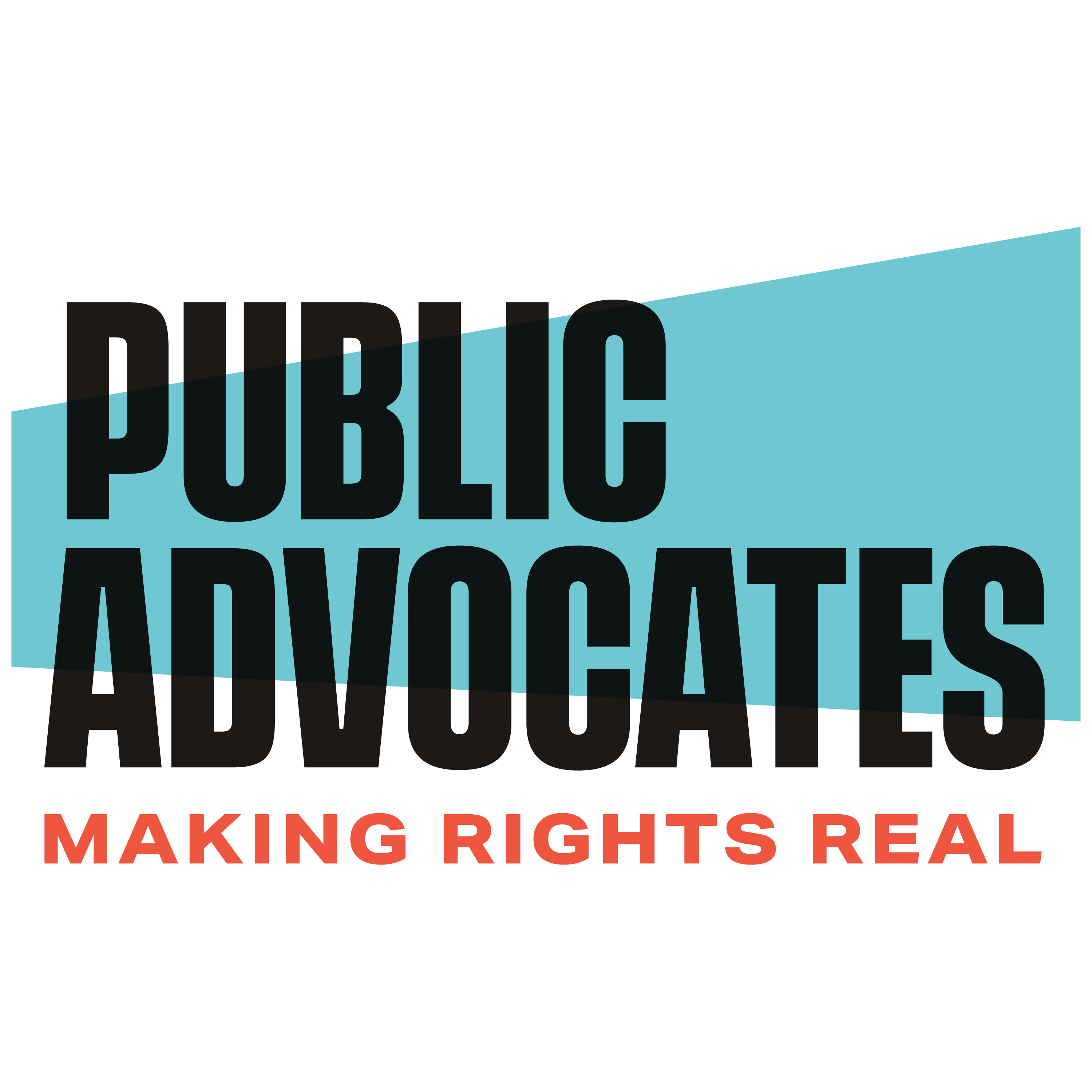
Civil rights aren’t merely rights to live free of malice; they are affirmative and substantive rights, like mobility and the freedom to choose where one lives. While our society tends to focus its attention on the type of racism that openly proclaims itself or waves a confederate flag, the impacts of systemic discrimination, though less obvious, have far-reaching and long-term consequences. In the housing context, great strides have been made in tearing down the barriers of legalized segregation – such as redlining or racially-based covenants that kept non-whites and other unwanted individuals out of white neighborhoods – but now it is time to use the law to end de facto segregation and actively create possibilities for more integrated communities.Three recent events – two court rulings and the U.S. Department of Housing and Urban Development’s (HUD) issuance of a long-awaited regulation — have affirmed the belief that while overt discrimination may be waning, we have to take proactive steps to fight systemic discrimination in order to achieve a truly integrated society. With their actions, the government and the courts have given us powerful tools to do so.The U.S. Supreme Court’s recent opinion in Texas Department of Housing & Community Affairs upheld the use of disparate impact claims in discrimination cases brought under the Fair Housing Act of 1968. Disparate impact claims challenge policies or practices that are neutral on their face, but result in a disproportionate impact on protected classes, as Public Advocates Staff Attorney Marybelle Nzegwu argues in a recent blog post. The majority opinion extols the usefulness of disparate impact claims as they can be used to uncover “unconscious prejudices and disguised animus that escape easy classification as disparate treatment.” Justice Kennedy’s opinion begins with a discussion of some of the ways that past policies and practices — such as racially-restrictive covenants, steering and redlining — have left “vestiges” of segregated housing patterns” that are today “intertwined with the country’s economic and social life.” This is an important acknowledgement by the Court that historic patterns of segregation live on, and more insidious forms of discrimination still block low-income people of color from living in high-opportunity white neighborhoods, accessing high-quality schools, and enjoying clean air and water.
In the same month that the opinion was issued in the Texas case, the California Supreme Court upheld another tool used by local governments to combat segregation in the housing market: inclusionary zoning. Inclusionary zoning policies, typically enacted at the local level, require developers to set aside a percentage of units in a new housing development for low- and moderate-income households. Inclusionary zoning is just one tool local governments can utilize to stimulate the construction of affordable housing units for low-income households and create or preserve mixed-income communities. In California Building Industries Association v. San Jose, the California Supreme Court upheld San Jose’s inclusionary zoning policy, recognizing the “benefits that flow from economically diverse communities” and the necessity of avoiding “the problems that have historically been associated with isolated low income housing,” including entrenched racial segregation.
Notably, in an introductory section that marked the Court’s first discussion of the Housing Element Law (and cites Public Advocates’ Fonseca v. City of Gilroycase), the Court identified the importance of the law and pointed the way toward future legislation that might strengthen it, stating: “to date the California Legislature has not adopted a statewide statute that requires every municipality to adopt a mandatory inclusionary housing ordinance if needed to meet the municipality‘s obligations under the Housing Element Law.”
Finally, this month, HUD issued new regulations regarding the Fair Housing Act’s mandate to affirmatively further fair housing. While the 1968 Fair Housing Act banned several discriminatory practices against protected classes, it only included one affirmative mandate – to ensure that any of the programs administered by HUD have the effect of increasing opportunity to housing and promoting integration. While this language was included in the original 1968 law, HUD did not issue even informal guidelines regarding what it meant to affirmatively further fair housing until the 1990s and only began enforcing this requirement in the last few years. (Public Advocates worked to enforce those guidelines, and a Voluntary Compliance Agreement with Marin County, several years ago.) The new regulations clarify and update requirements that local jurisdictions receiving federal housing money must analyze and take action to remove barriers to integration and housing choice “beyond simply combating discrimination to foster more inclusive communities and access to community assets for all persons protected by the Fair Housing Act.”
Together, these momentous actions reaffirm our nation’s commitment, embodied in the Fair Housing Act, to prevent the country from “moving towards two societies, one black, one white – separate and unequal.” While we have made progress over the last 50 years, social, political and economic institutions continue to stack the deck against low-income communities and communities of color and threaten the creation of two unequal societies. These legal decisions allow and even require local actions to combat segregation and discrimination in housing. Now the pressure is on local communities to use these tools to create equal opportunity for all.

